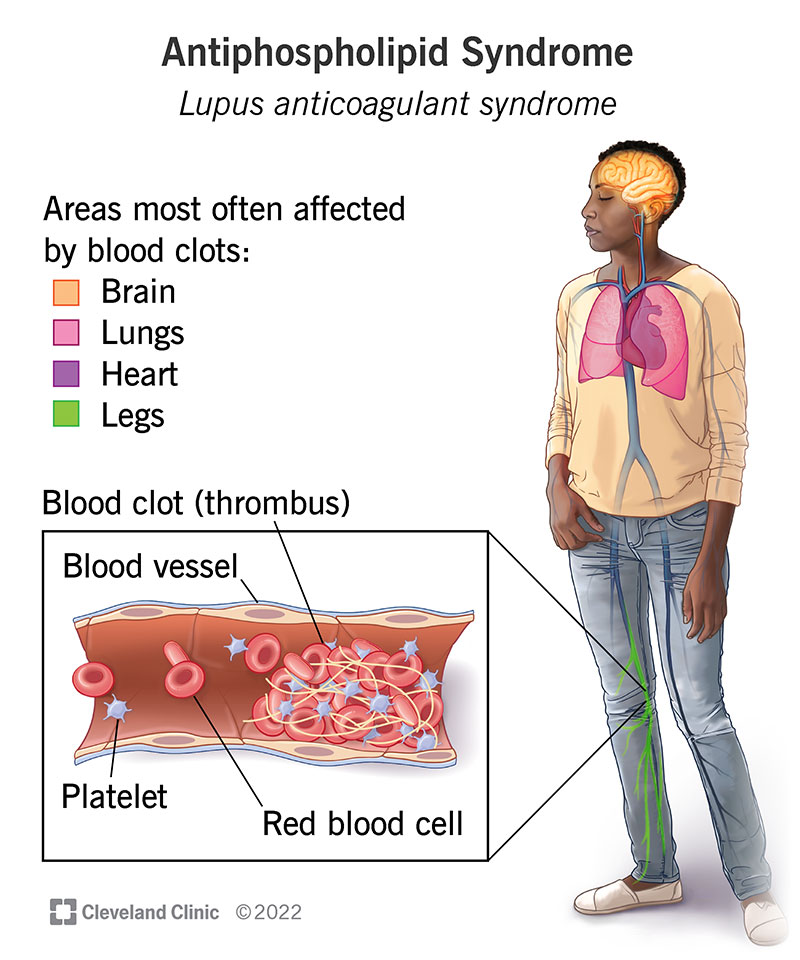How sudden higher elevation changes CSF in the brain in people with APS?
- Get link
- X
- Other Apps
When discussing the effects of sudden higher elevation changes on the cerebrospinal fluid (CSF) in the brain in individuals with Antiphospholipid Syndrome (APS), it's important to consider the unique challenges posed by this autoimmune disorder. APS is characterized by the production of antibodies (antiphospholipid antibodies) that increase the risk of blood clots. This condition can impact how the body responds to high altitude in several ways:
Increased Risk of Thrombosis: APS significantly increases the risk of blood clots. At higher elevations, due to hypobaric hypoxia (lower oxygen levels), the blood can become more viscous and slower-moving, further increasing the risk of clot formation. This is particularly concerning in the brain where clots can lead to stroke or other serious complications.
Cerebral Vasodilation and Blood Flow: The body’s response to lower oxygen levels at high altitudes includes cerebral vasodilation to increase blood flow and oxygen delivery to the brain. In individuals with APS, the increased blood flow coupled with a heightened risk of clotting could potentially exacerbate the risk of cerebrovascular events.
Effects on CSF Dynamics: Changes in cerebral blood flow and intracranial pressure can affect the dynamics of cerebrospinal fluid. In APS patients, any disturbance in cerebral circulation, whether due to vasodilation, clotting, or other factors, can impact CSF pressure and absorption, potentially leading to complications.
Potential for High-Altitude Cerebral Edema (HACE): While HACE is a risk for anyone at high altitudes, individuals with APS might be at increased risk due to their underlying condition. The presence of blood clots can worsen the edema.
Importance of Monitoring and Medication: For individuals with APS, careful monitoring of their condition is crucial when experiencing significant changes in elevation. Adjustments to medication, particularly anticoagulants, might be necessary.
Acclimatization Strategies: Gradual ascent and proper acclimatization are even more critical for individuals with APS. Rapid changes in elevation can be particularly dangerous due to the reasons mentioned above.
In summary, individuals with Antiphospholipid Syndrome may face increased risks and complications when exposed to high altitudes due to their propensity for thrombosis and the complex interplay between hypoxia, cerebral blood flow, and CSF dynamics. It's essential for these individuals to consult with healthcare providers before traveling to higher elevations and to take appropriate precautions.
Reference:
Antiphospholipid Syndrome: A Comprehensive Clinical Review
https://www.mdpi.com/2077-0383/14/3/733
© 2000-2025 Sieglinde W. Alexander. All writings by Sieglinde W. Alexander have a fife year copy right.
Library of Congress Card Number: LCN 00-192742
ISBN: 0-9703195-0-9
- Get link
- X
- Other Apps


Comments
Post a Comment